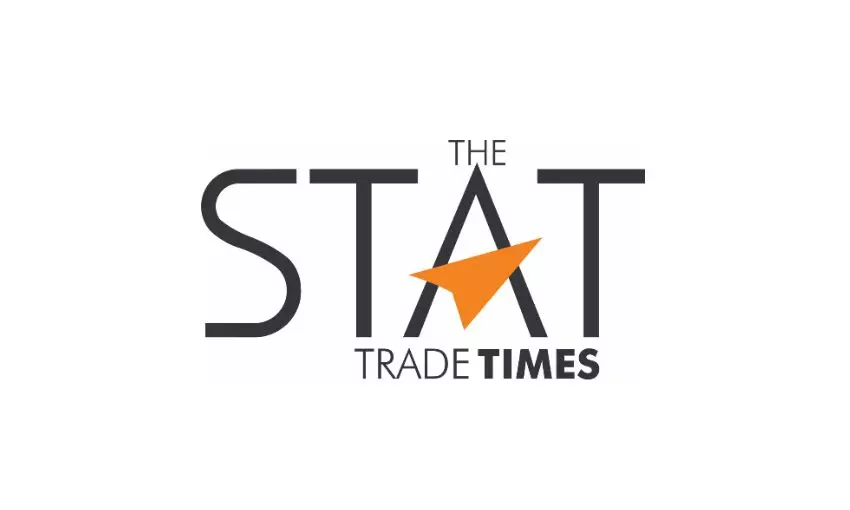
Investing to shape the future of logistics industry
Panalpina is one of the world’s leading providers of supply chain solutions operating in 70 countries. It is the first logistics company to join European Remanufacturing Council (an initiative to make remanufacturing a normal part of a product life cycle and support the circular economy) and operates 30 GDP certified warehouses specialising in pharmaceutical products. […]

Panalpina is one of the world’s leading providers of supply chain solutions operating in 70 countries. It is the first logistics company to join European Remanufacturing Council (an initiative to make remanufacturing a normal part of a product life cycle and support the circular economy) and operates 30 GDP certified warehouses specialising in pharmaceutical products.
The company combines its core products – air freight, ocean freight, and logistics and manufacturing – to deliver globally integrated, tailor-made end-to-end solutions for eleven core industries. It expects to invest more than $200 million this year in a new technology platform to position it among the top players in the logistics industry.
Stefan Karlen, president and chief executive officer, Panalpina, speaks about how the company performed in 2017, and what its priorities are for the year ahead. Edited excerpts:
What were the highlights of 2017 for Panalpina?
In 2017, air freight reached new heights by transporting close to one million tonnes, the highest in our company’s history. Both profitability and EBIT for air freight improved quarter on quarter. Logistics further improved its profitability and expanded its footprint, inaugurating the new 40,000m2 manufacturing facility in Dubai and moving ahead with construction of a state-of-the-art warehouse terminal in Singapore.
We also won a major oil and gas project in Iraq, where Panalpina’s expertise in marine chartering and transport engineering was the real differentiator. We centralised our supply chain experts under one group called Supply Chain Solutions; the solutions they offer go beyond transportation services to additionally cover all supply chain services at origin and destination.
We also further developed our services in multimodal transportation, which involve not only our core products of air freight, ocean freight and logistics, but also rail and trucking. The latest launch was the new Panprojects Carrier service, which enables us to oversee multimodal heavy-lift moves from end to end under one single contract that governs all modes of transport.
Digitalisation is one of the primary drivers in our industry, and we see that as an opportunity to offer better, more transparent services to our customers. In 2017, we announced the launch of a new customer portal that will create an innovative, end-to-end digital environment for our customers. As the first step, we piloted a new online tool with selected air freight customers and will launch the platform in 2018.
Another important digital tool is the Validaide system that we co-developed, allowing us and our customers to improve the transparency of carriers and routes. And, in order to further foster our digital transformation, we created a new position of Head of Digital Innovation, reporting directly to me.
 Panalpina is helping the world to move away from take-make-dispose to circular supply chains
Panalpina is helping the world to move away from take-make-dispose to circular supply chains
What were the main market factors that influenced Panalpina during 2017?
In air freight, the widening gap between capacity supply and demand impacted the rate levels and increased the rate volatility to levels we have never seen before. The e-commerce boom intensified this situation as customers took steps to shorten their supply chains and increase the speed to market. Panalpina recognised these trends early and worked with air freight customers and carriers to secure capacity. In ocean freight, the ongoing consolidation of carriers following the Hanjin collapse affected the dynamics of rate development.
Can you comment on the financial results for 2017?
These favorable results demonstrate our company’s robustness: even as we forged ahead with the largest transformation in our history, we were able to secure record volumes and deliver value-added, innovative services to our customers.
Has sustainability become more of a focus area for Panalpina?
Our customers expect us to show our sustainability-related record during RFQs and push for concrete data and information. It is gratifying that many customers, especially in the fashion industry, consider Panalpina a model company in terms of sustainability.
What are your objectives for 2018?
We aim to grow at or above the market in our core products by supporting our customers to adapt their supply chains to the new dynamics; our global Supply Chain Solutions teams will be key to this development. In Air Freight, our goal is to replicate the success of the second half of 2017 through a proactive approach with carriers and customers. We will continue the turnaround of the ocean freight business by focusing on productivity in order to improve margins and overall profitability.
In logistics, we will continue to expand our Logistics Manufacturing Services capabilities and services portfolio. Another important focus area is the new customer portal, which will be expanded in terms of functionality and stakeholders.

